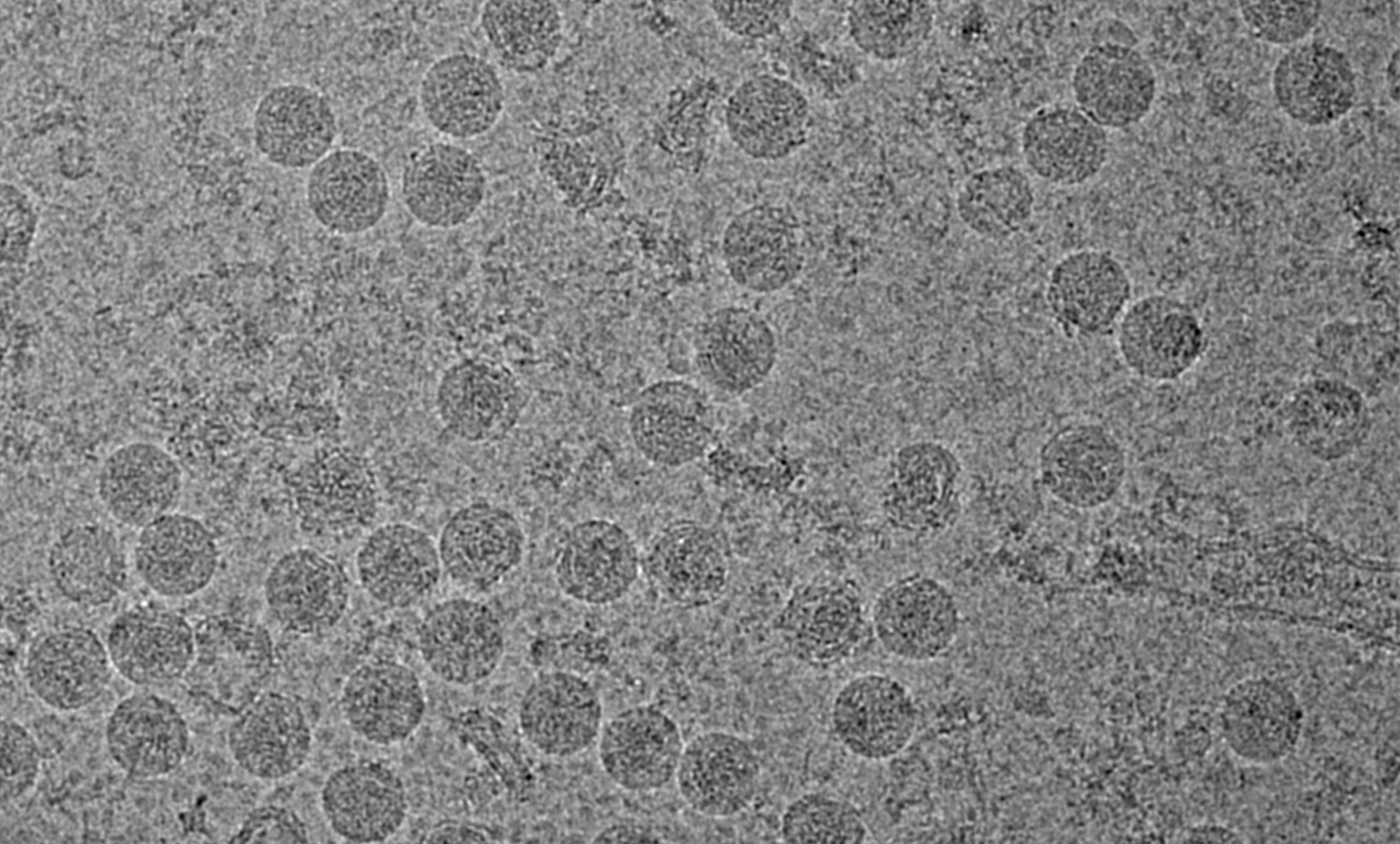 |
| An infographic I made to address what effectiveness means. |
Anyone who's followed my page for awhile knows how much I dislike bad science reporting. I don't know if it's been a slow news day or what, but several news outlets have run a story with a headline that is misleading and may make some question getting the flu vaccine. The article, "Getting a flu shot? It may be better to wait," poses the question if people should wait to get the flu vaccine or not. They argue that since the flu vaccine loses effectiveness as the season progresses that people should delay getting it. I should note that vaccine effectiveness only measures the prevention of infection and doesn't include the reduction in symptom severity, disease duration or the number of hospitalizations that are seen with the vaccine. The problem with this is that the argument is based on a single study from a region in Spain when the flu season was atypical. The season started later than normal and the strains circulating in that region of Spain were different than what was covered by the vaccine. The research is an important finding that helps researchers refine plans for future flu seasons. However, the authors themselves make some caveats that the reporting on this topic has overlooked.
The first is that the number of cases were so small that the confidence intervals were very large and went all the way down to 0. Because of this, the authors caution that their findings may not apply to other geographical locations. Another issue is that the number of hospitalizations were too low to estimate how well the vaccine reduced the number of hospitalizations. This was not discussed in the article when the vaccine was discussed. Even if the vaccine looses the ability to prevent infection later in the season, that protection still appears to be intact. Another issue is that the loss of effectiveness was only seen in those older than 65. Those younger than 65 had a rate of vaccine effectiveness that was similar to other locations. The issue of vaccination in those older than 65 is a well known problem that isn't limited to the flu vaccine. This could be solved through the use of adjuvants or possibly boosters part way through the season. But probably the biggest issue is the timing of the reporting of this article. If this had come out in July, it would be one thing. However, it got picked up by news sources in mid-September, right when people should start looking to vaccinate for the flu. Compounding problems, this article will probably get shared into December and may make some people delay vaccinating far too long. This is irresponsible journalism and bad science reporting. I'm working on a blog about this topic, but accuracy is crucial for science reporting as a bad report can cause great harm (such as causing people to delay getting a valuable vaccine when the time for delay has already passed).
This article is correct in one aspect though. There really isn't a need to get vaccinated for the flu in July or August if you are in the Northern Hemisphere. It could have better addressed this rather than make it sound like the vaccine loses effectiveness for everyone and not just the elderly (or at least has been observed in an atypical season). Late September and October are still good times to get the vaccine, unless there is no other choice. It's better to get this vaccine early than it is to delay getting it too long and risk infection before an immune response from the vaccine can develop. There are a lot of factors that go into this and it's not nearly as black and white as the reporting on this article make it seem.




















